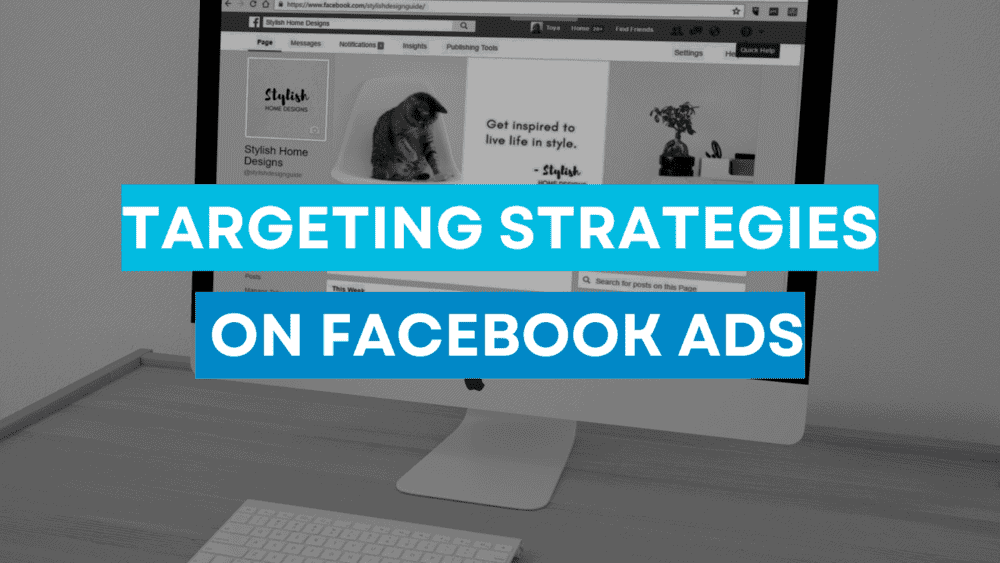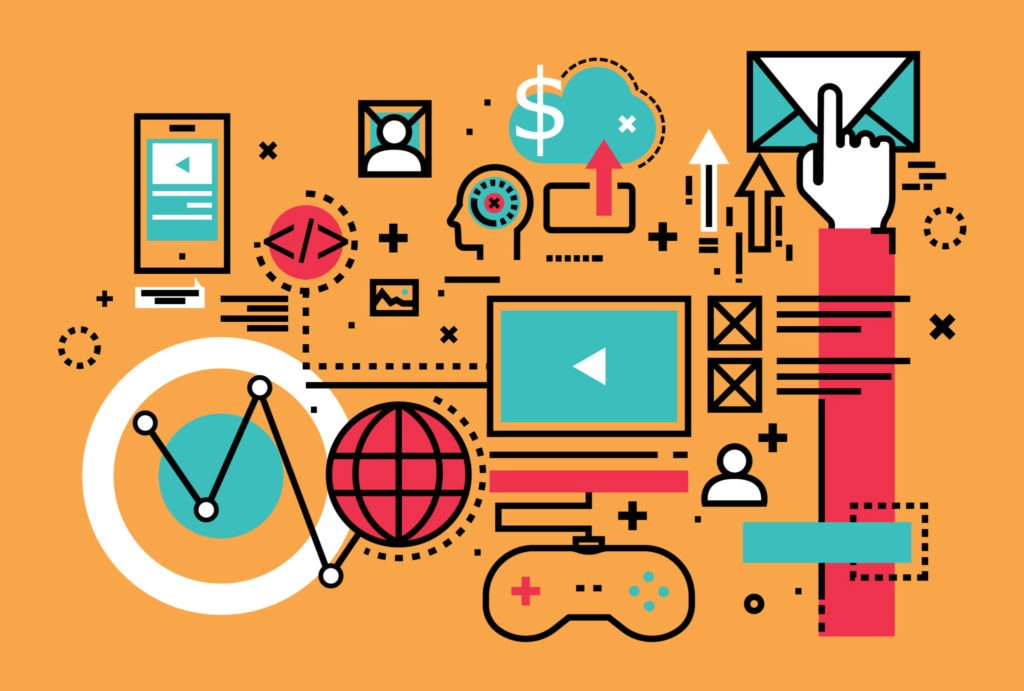5 Emerging Trends in Salesforce Development Services for 2025
Salesforce has evolved as one of the leading platforms for businesses to manage customer relationships, streamline operations, and improve scalability. With its ability to adapt to new challenges and embrace technological advancements, Salesforce continues to empower organizations across industries. As we move into 2025, several trends in Salesforce development services are shaping the future of … Read more










